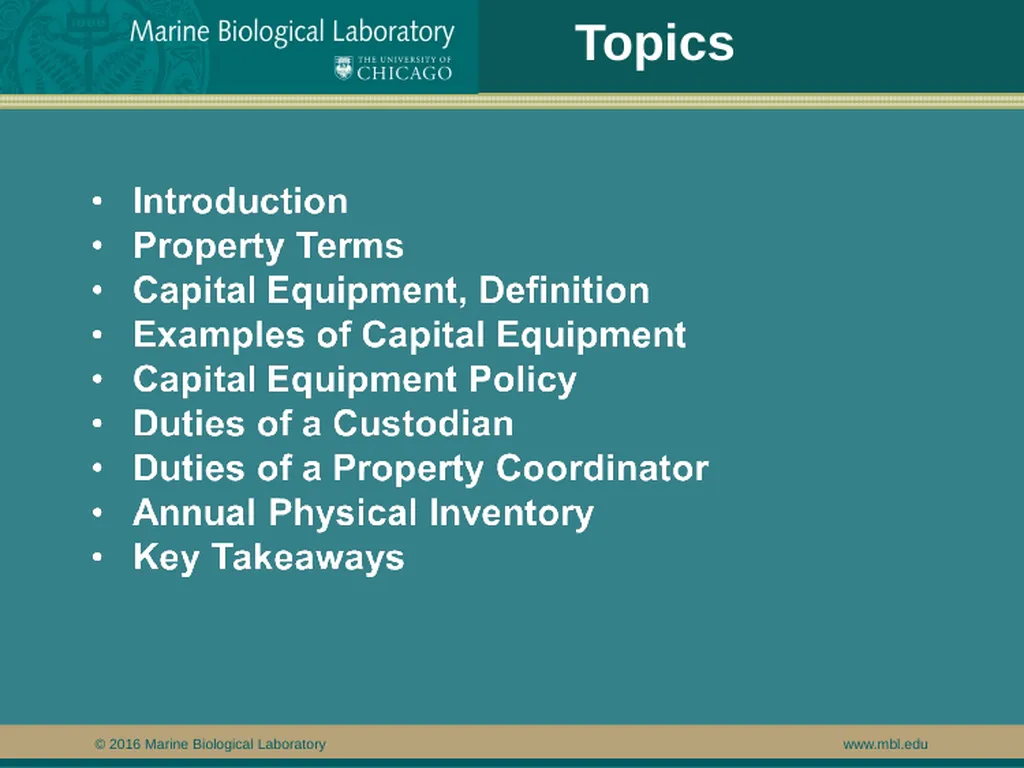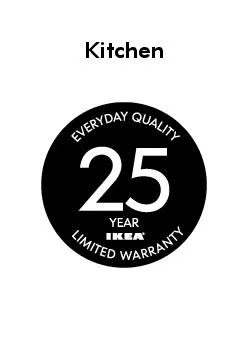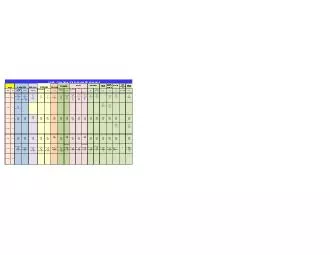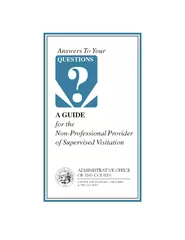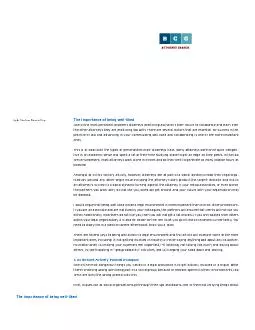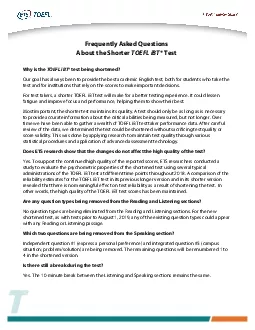Topics Why are you being asked to take Capital
Author : pasty-toler | Published Date : 2025-06-23
Description: Topics Why are you being asked to take Capital Equipment Policy training As a recipient of Federal funding tracking capital equipment is a requirement per the auditing guidance contained in Uniform Guidance CFR 20031320039 and is a
Presentation Embed Code
Download Presentation
Download
Presentation The PPT/PDF document
"Topics Why are you being asked to take Capital" is the property of its rightful owner.
Permission is granted to download and print the materials on this website for personal, non-commercial use only,
and to display it on your personal computer provided you do not modify the materials and that you retain all
copyright notices contained in the materials. By downloading content from our website, you accept the terms of
this agreement.
Transcript:Topics Why are you being asked to take Capital:
Topics Why are you being asked to take Capital Equipment Policy training? As a recipient of Federal funding, tracking capital equipment is a requirement per the auditing guidance contained in Uniform Guidance CFR 200.313/200.39 and is a best practice for any business entity. It's necessary to protect all MBL assets. As part of the requirement, you are required to sign off on this training/policy because you are currently or may become connected with either purchasing, using, installing, caring for or maintaining capital equipment at MBL. When equipment is purchased, disposed of, or transferred, you have a critical role in the tracking process. Introduction Property Terms Property Custodian - staff member responsible for the management of capital equipment assigned to them Property Coordinator - staff member assigned in each Center/Department to manage the total capital equipment list of their Center/Department Disposition - parting with, alienation of, or giving up of property Inventory - a complete list of items such as property, goods in stock, or the contents of a building Physical inventory - a process of physically identifying and recording the whereabouts and condition of each piece of capital equipment Capital Equipment As defined by MBL, capital equipment meets the following criteria: • Non-expendable, tangible property; • Useful life of more than one year; and • Original acquisition cost* of $5,000 or more Capital equipment can be purchased with: • Sponsored program funds (e.g. grants, contracts) • MBL endowment funds • MBL gift funds • MBL unrestricted operating funds Capital equipment can be received as a: • Gift/donation • Transfer from another institution *The total cost of capital equipment includes the costs of shipping, in-transit insurance, multiple items purchased on one purchase order that work together as a single unit with a combined cost of $5,000 or more, any modifications or accessories necessary to make the equipment usable, and operating software purchased with hardware with a combined cost of $5,000 or more. Examples of Capital Equipment Examples of Capital Equipment: scientific Equipment office equipment computers and peripheral equipment vehicles (e.g. cars, trucks) and vessels fabricated/constructed equipment Examples of items/services that are NOT Capital Equipment: extended warranty maintenance agreement software license replacement parts repairs training/familiarization tools costing <$5,000 needed for constructing equipment Capital Equipment Policy • All equipment owned by the MBL is subject to this MBL policy • The safeguarding and use of movable equipment is the responsibility of the Custodian
